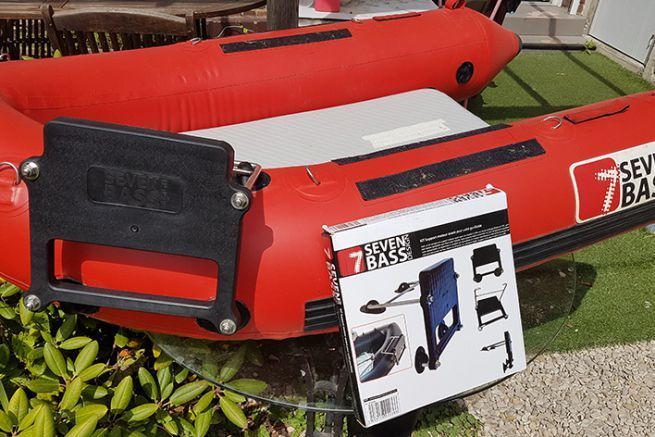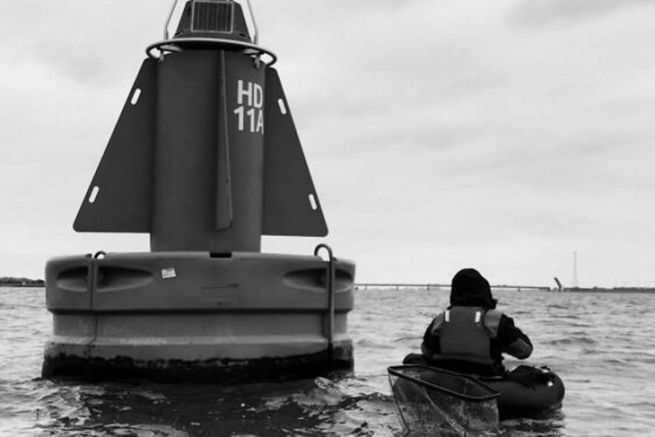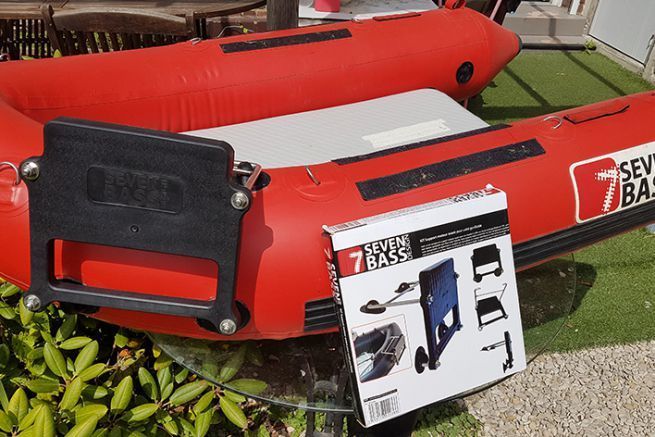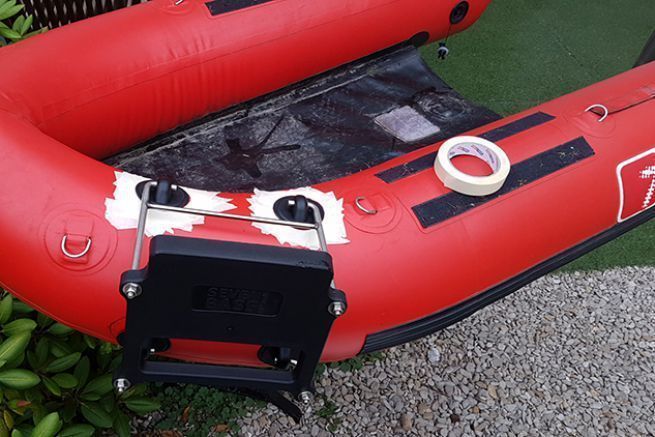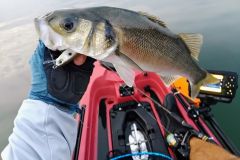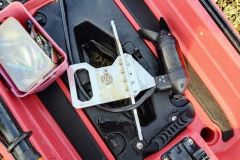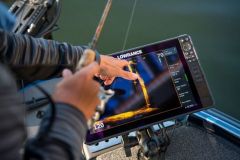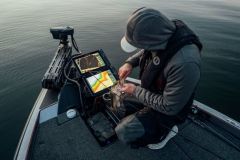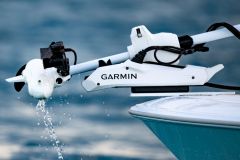Questions before taking the plunge
Motorizing my float tube is an idea that has often crossed my mind, but what model of motor to choose and how much power do we need? How to fix it properly and easily on this small "V" shaped boat? Then, there is the question of the choice of the battery which represents a budget as important or even more important than the engine according to the type of technology and the power which one chooses. It is not easy to decide to take the plunge with so much information to take into account, it is enough to discourage more than one.
However, there is nothing very complicated, here is how to easily make a clean assembly to mount an engine on his float.
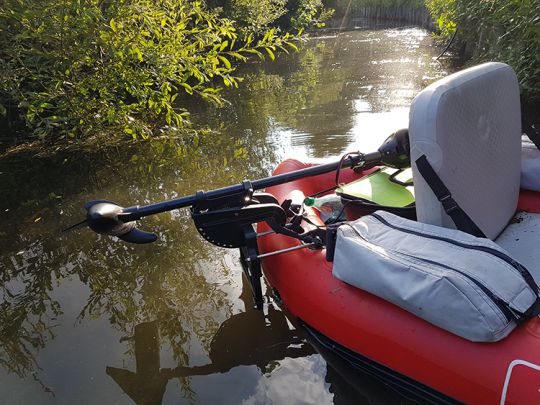
Engine installed, the float is ready to sail
The choice of the engine
For a float tube, it is not necessary to take a motor of more than 40 Lbs, it is largely sufficient, even almost too powerful. The choice is also vast on the side of the motor and the optional accessories. There are classic motors with control head on the shaft or a little more expensive, the option of the remote control motor which is also very interesting to equip a float tube, we find for example the Float Plus Pro which is fixed under the float or the model developed by Pike'N Bas and Minn Kota.
To meet my needs, which are to have an easy to use, reliable and robust motor, my choice fell on a sure value, an Endura C2V2 30Lbs from Minn Kota. I just have to find a clean and efficient solution to fix it on the float.
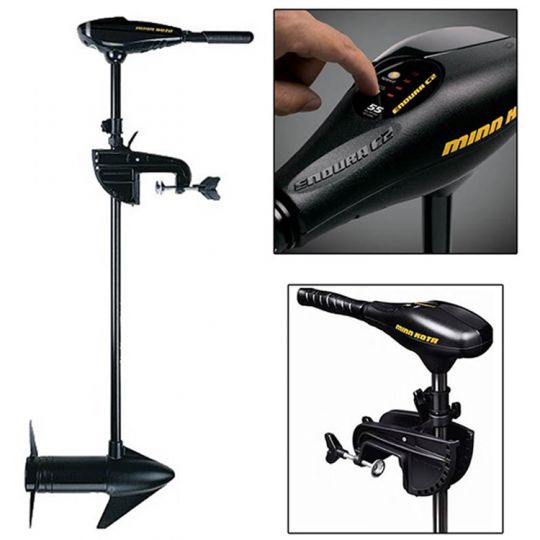
The motor support
This is the main difficulty on a float tube is to find a fixing point for the engine mount. But where and how to fix it?
I went back and forth on where to put the motor and ended up opting for a ¾ back positioning. This way the float stays well balanced, it doesn't spin around and I have a comfortable position when I hold the bar, I don't have to twist in half.
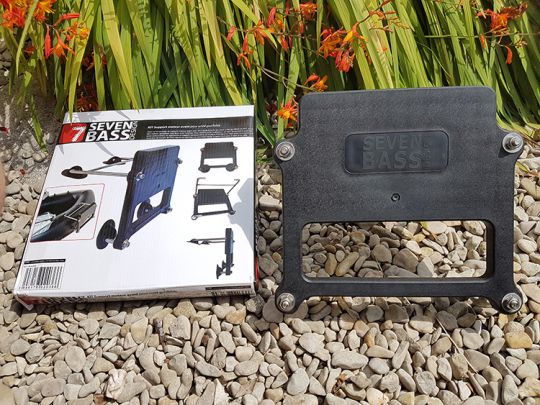
My float tube is made of PVC, it's an Armada distributed by 7 Bass, I went to see the brand which offers a motor support compatible with 4 PVC pads to be glued directly on the float. To be sure of my installation I decide to opt for this solution proposed by the brand.
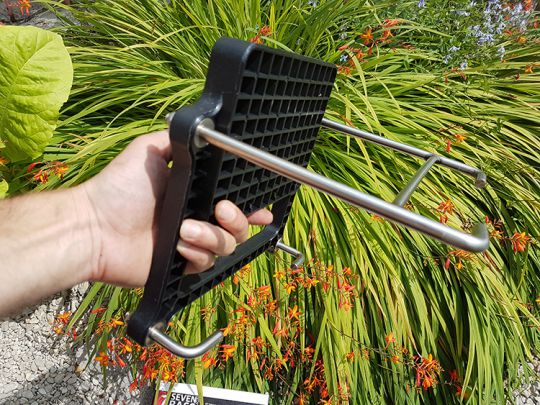
The choice of battery
To do this there are three main technologies:
- deep-cycle lead-acid batteries, the cheapest and heaviest
- aGM batteries, which offer better performance and are lighter than conventional lead-acid batteries.
- lithium batteries, the best, which are 2 to 3 times lighter than lead batteries, they have a longer life expectancy than other batteries, but this technology is also the most expensive.
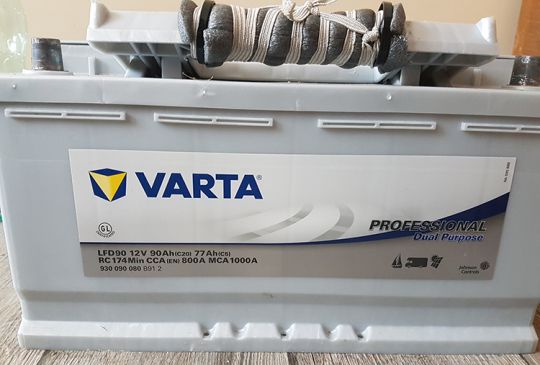
For my part, in a concern of economy, I equipped myself with a lead battery of 90Ah that I paid a little more than 100 euros. It gives me a range of about 7 hours in navigation, only drawback, its weight of 22 kg! An AGM battery costs 2 to 3 times this price when a lithium battery costs 5 to 6 times the price of my battery...

 /
/ 